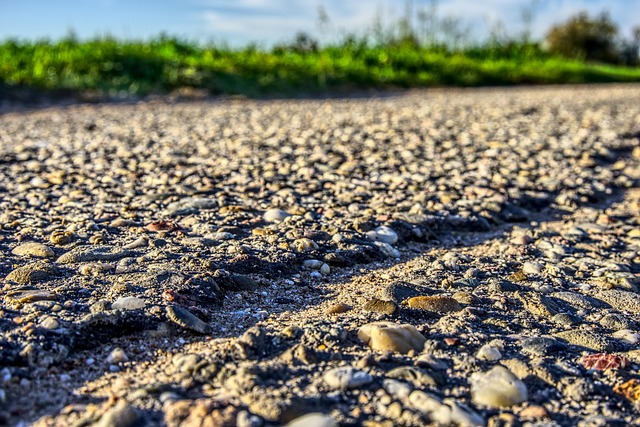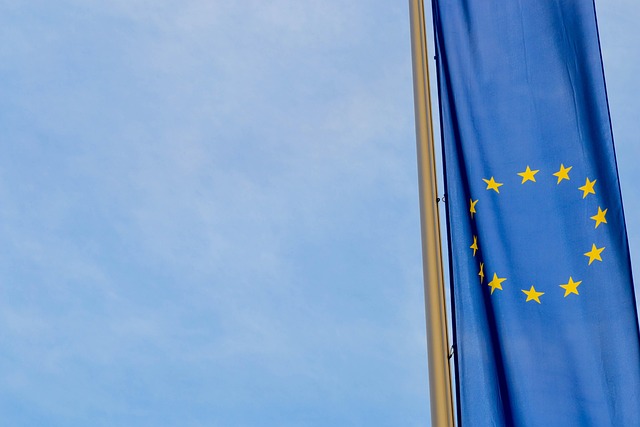Embracing Cultural Diversity in the Face of Extreme Weather
As we navigate through an era marked by unpredictable extreme weather patterns, the concept of Cultural diversity emerges as not just a social ideal but as an essential asset in overcoming the challenges posed by climate change. The extent of extreme weather—be it wildfires, floods, hurricanes, or heatwaves—affects communities worldwide, yet the responses and resilience strategies that arise from these events are colored by the rich tapestry of cultural experiences and practices.
The Power of Community Resilience
When disaster strikes, it is often the communal bonds fostered by cultural backgrounds that prove critical in recovery efforts. Different cultures bring unique practices and perspectives to the table, enriching response strategies. For instance, Indigenous communities possess a wealth of traditional knowledge about land management and sustainable practices, which can offer innovative solutions to mitigate the impacts of extreme weather.
Shared Stories: Lessons in Empathy
In the face of adversity, storytelling becomes a powerful tool for fostering understanding and empathy among diverse groups. Each community has its own narrative shaped by distinctive cultural nuances, which can inspire collective action to combat the effects of extreme weather. By sharing these stories, we bridge gaps, cultivate compassion, and learn from one another’s experiences, ultimately promoting a shared vision of resilience that transcends cultural boundaries.
Innovative Solutions through Collaboration
As we confront the frequently overwhelming nature of extreme weather, the intersection of Cultural diversity and science can lead to innovative, adaptable solutions. Collaborative efforts between scientists, local communities, and cultural leaders can produce localized strategies that cater to specific environmental challenges. For instance, blending traditional agricultural methods with modern techniques can enhance crop resilience against climate extremes, preserving food security in culturally significant ways.
Nurturing Inclusivity in Disaster Preparedness
Inclusivity must be an integral part of disaster preparedness. Ensuring that all cultural voices are heard can lead to more effective early warning systems and emergency responses that cater to the specific needs of diverse populations. Cultural considerations—such as language barriers, traditional practices, and community values—play a crucial role in ensuring that information is accessible and actionable.
Celebrating Cultural Traditions
Moreover, we must not lose sight of the cultural traditions that emerge in times of crisis. Many cultures celebrate life and togetherness through festivals, rituals, and communal gatherings. These events can bolster community spirit and collective resilience, reminding us of the importance of joy and unity even in challenging times. Embracing these traditions in the face of extreme weather fosters hope and instills a deeper connection to both one’s heritage and the greater community.
As we face the undeniable reality of extreme weather, embracing Cultural diversity is not merely an act of acceptance; it is a vital approach to survival and resilience. Recognizing and valuing the contributions of diverse cultures paves the way for innovative solutions, strengthens community ties, and ultimately leads us toward a more sustainable and harmonious future.




